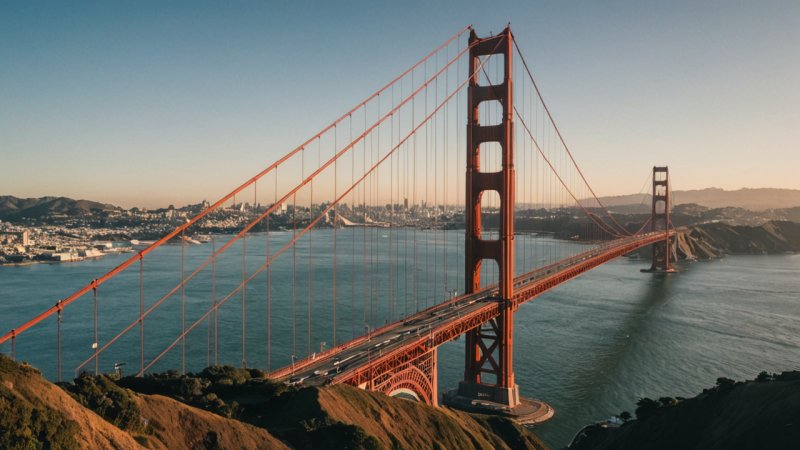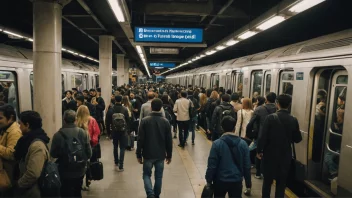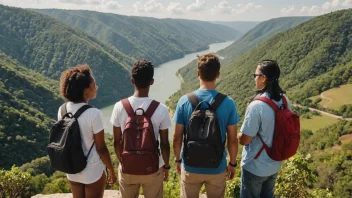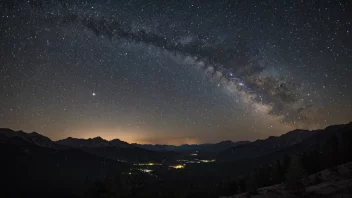In the realm of urban exploration, few elements capture the imagination and curiosity of travelers quite like the intricate infrastructure that shapes our cities. To delve deeper into this fascinating subject, we had the opportunity to 'interview' Dr. Amelia Bridges, a fictional urban infrastructure expert with over 20 years of experience studying the impact of bridges, tunnels, and other structures on urban landscapes. Her insights provide a unique perspective on the significance of these elements in urban environments.
The Importance of Urban Infrastructure
Dr. Bridges, can you elaborate on why urban infrastructure, specifically bridges and tunnels, is essential for city development?
Dr. Bridges: Absolutely! Urban infrastructure forms the backbone of any city. Bridges and tunnels are crucial for connectivity, allowing people and goods to move efficiently. They also reflect the city's character and history, often becoming iconic landmarks. The design and engineering behind these structures can influence urban planning and even environmental considerations, making them vital components of a city's ecosystem.
Iconic Examples Around the World
What are some of the most fascinating bridges or tunnels you've encountered during your research?
Dr. Bridges: There are so many extraordinary examples! The Golden Gate Bridge in San Francisco is a classic, renowned for its stunning Art Deco design and panoramic views. Then there's the Channel Tunnel, which connects the UK to mainland Europe. It’s a marvel of engineering that spans 31 miles under the English Channel. Each of these structures tells a story about the era in which they were built and the challenges they overcame.
Challenges in Urban Planning
What are some of the challenges cities face when constructing bridges and tunnels?
Dr. Bridges: The challenges are numerous. Firstly, there are engineering hurdles—designing a structure that can withstand environmental factors such as earthquakes, floods, and heavy traffic. Additionally, there are financial considerations; funding these massive projects can be a significant obstacle. Lastly, urban planners must consider the impact on local communities, which often leads to public debates and protests.
Eco-Friendly Innovations
Can you share some innovations in urban infrastructure that cater to environmental sustainability?
Dr. Bridges: Certainly! There’s an increasing focus on creating eco-friendly infrastructure. For example, the High Line in New York City transformed an old elevated railway into a green park, promoting biodiversity and providing urban green space. Similarly, many new bridges incorporate solar panels and rainwater collection systems, reducing their carbon footprint and enhancing urban ecology.
Travel Tips for Urban Explorers
For travelers interested in exploring urban infrastructure, what tips do you have?
Dr. Bridges: First, research the history of the infrastructure you plan to visit; understanding its background adds depth to your experience. Secondly, consider guided tours, as they often provide insights that you wouldn’t discover on your own. Lastly, don’t forget your camera! These structures offer unique photo opportunities that capture both their grandeur and intricate details.
Future Trends in Urban Infrastructure
Looking ahead, what trends do you foresee in urban infrastructure development?
Dr. Bridges: The future is exciting! We’re likely to see more smart infrastructure, equipped with sensors that monitor structural health and traffic patterns in real-time. Additionally, with the rise of autonomous vehicles, we may need to rethink the design of bridges and tunnels to accommodate new modes of transit. Lastly, as cities grow denser, vertical infrastructure—like multi-level bridges—might become increasingly common.
Conclusion: The Ever-Evolving Urban Landscape
Dr. Amelia Bridges' insights into urban infrastructure highlight its critical role in shaping our cities and enhancing the travel experience. As urban explorers, understanding the significance of bridges and tunnels enriches our journeys, connecting us to the history and culture of the places we visit. With sustainable innovations and future trends on the horizon, urban infrastructure will continue to evolve, offering new adventures for travelers around the globe.






